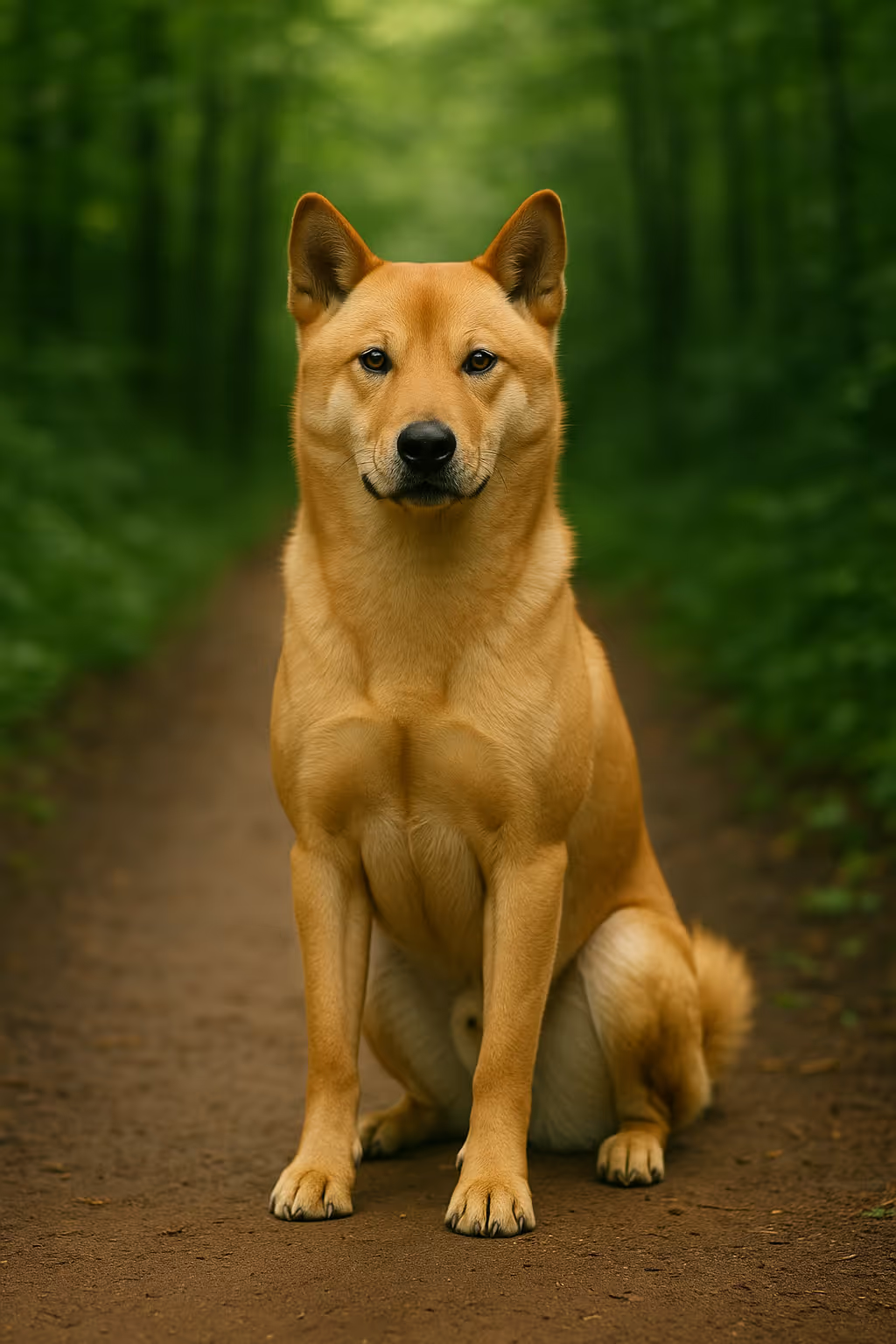The Korean Jindo Dog is a loyal, clean, and resolute spitz—reserved with strangers yet deeply bonded to family. Best for experienced owners who can provide structure, secure fencing, and daily outlets.

Native to Korea’s Jindo Island, the breed specialized in independent hunting and developed a famous homing instinct. Celebrated as a national treasure, Jindos are recognized by several international registries and remain rare outside East Asia.
Balanced and true to type with hallmark features.
Low odour, self‑cleaning coat; heavy seasonal blow.
High stamina and independence—needs structure and mileage.
Intelligent and self‑reliant—keep sessions short, fair, and rewarding.
Balanced diet for a lean, athletic spitz.
Generally healthy; choose breeders who screen for hips and thyroid.
Seek spitz‑savvy breeders or rescues familiar with Jindos.
Are Korean Jindo Dogs good apartment dogs?
With Caveats—exercise and training needs are significant.
Do they shed?
High seasonally; regular brushing helps.
How trainable?
Moderate to High—independent but intelligent.
Good with other pets?
Prey drive can be strong; careful introductions needed.
Off‑leash?
Use secure, fenced areas only.